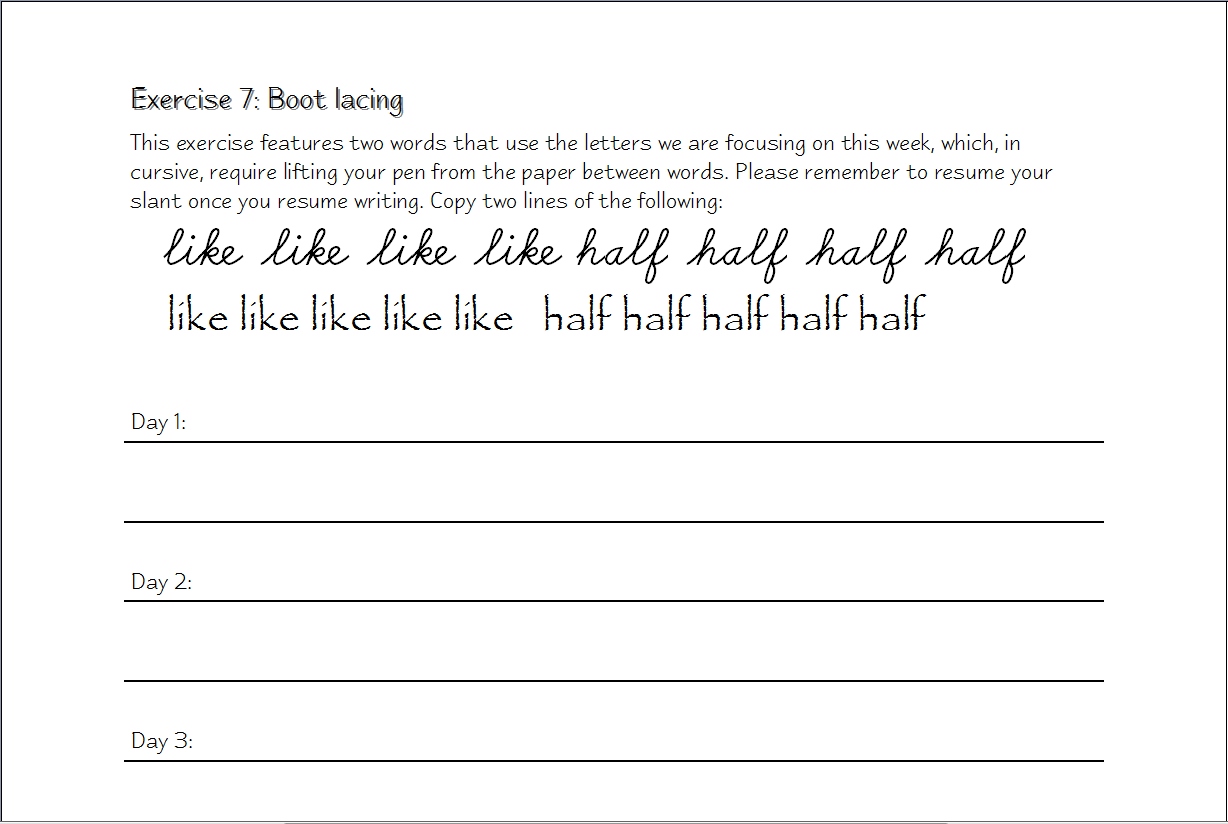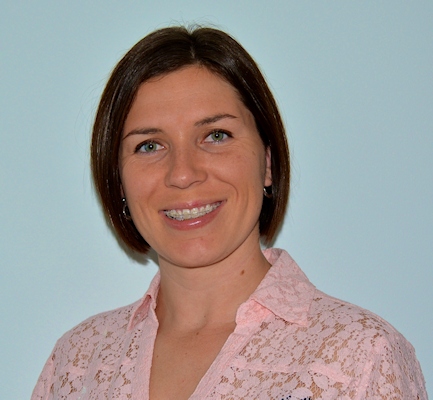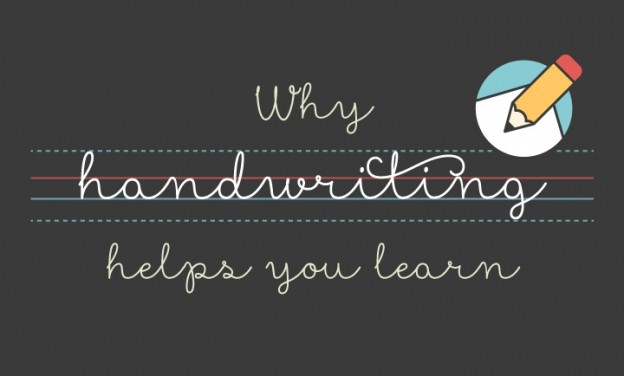K.W. writes:
In 2005, I was diagnosed with focal dystonia which is a neurological movement disorder. The dystonia is worse in my right hand, so I have recently purchased your book to see if it would help me learn how to write with my left hand. I have been doing the exercises in the book for 5 days now, and I don’t really see a difference yet. How long should I give it? Can H4H really help me? My hand shakes so much when I write I’m beginning to be discouraged.
My name is Nora and I work with Kristin Gulick, one of the book authors. I have done a decent amount of work with focal dystonia and other related disorders. The major premise of initial treatment is to remove the provoking activity (which sounds as though this would include writing in your case, right or left handed) and start with more loose, free flowing, gross motor patterns. Examples of these exercises would be rhythmic tai chi type shoulder movements, reaching each arm individually across your body, or moving a large therapy ball from the right side of your body to your left then back again using the other arm. Once this is accomplished without pain or symptoms, then the idea is to progress to more hand related activities that also involve crossing midline but staying loose and light while still avoiding the provoking activity. Gradually and slowly holding long narrow objects and using them to trace gross patterns (not letters) is then done prior to actually attempting writing. Any activity that causes pain, shaking, tremors, etc should be avoided.
A good resource person who has done quite a bit of research on this topic is Nancy Byl, PhD, PT.
If you Google her name and Dystonia it will lead you to some articles and materials that can get you started if there is not a therapist local to you that you are able to see regularly.
Good luck to you and I hope this information is helpful,
Nora Barrett, MS, OTR/L, CHT
Ed. Note: I found this podcast interview with Nancy Byl to be interesting.



